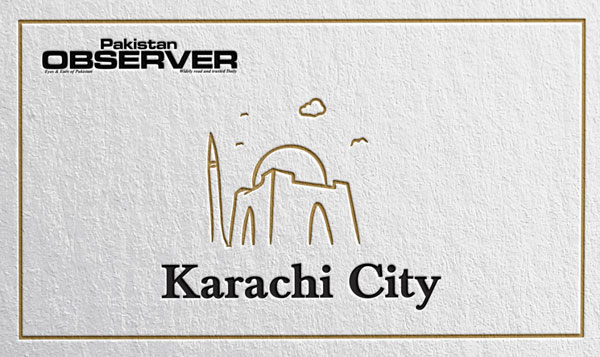Mekaeel Gondal
Karachi the city of lights is home to 20.3 million individuals, each from a different background, culture and ethnicity.
It is one of the world’s most ethnically diverse cities fostering many communities such as the Parsis, the muhajirs and the Sindhis. Yet, Karachi remains a city of stark contrasts vibrant and teeming with life, also harboring a dark undercurrent of lawlessness. It is home to a multitude of malefactors, perpetrators of heinous crimes such as murder, armed robbery, and sexual violence. Karachi has had a long and checkered history, from being the nation’s capital in the sixties to being the witness of gang wars in the 2000s this city has seen it all.
While the armed forces have effectively suppressed the violent gang wars, homicides, and bomb blasts that plagued Karachi between 2008 and 2013, there remains a pressing need to enhance the city’s security situation. Karachi’s security situation faces four main challenges each of which has its own dynamics, difficulties and problems.
The first being the lack of security personnel, Karachi averages at 1 security personnel for 680 residents this is far below the UN recommended ratio of 1 security personnel per 450 residents. When compared to other major cities Karachi also lacks behind with cities like London and New York having an average of 1 security personnel per 152 people and 1 security personnel per 237 people respectively. Additionally, 31.4% of Karachis police force is said to be assigned with VIP security details. If this is taken into account the ratio of security personnel to people further falls to a staggering low of 1 officer for 548 people. This lack of manpower hampers patrolling of large areas effectively.
The second major challenge Karachi faces is unregulated urban expansion. The city is home to Orangi, once widely considered as the world’s largest slum, with a population nearing 2.5 million and a population density of approximately 7,200 people per square kilometer. For decades, Orangi symbolized the consequences of unchecked urban sprawl and informal settlement growth. In May 2025 the Sindh Assembly was formally informed that Orangi no longer qualifies as a slum. However, this development does not negate the broader issue which is that unchecked urban expansion often contributes to rising crime rates, as law enforcement resources become overstretched and newly developed or informal areas frequently fall outside formal administrative and policing jurisdictions.
Thirdly, there is a significant lack of crime reporting in Karachi. Most cases of street crime and acts of violence go unreported, primarily due to the public’s distrust of the police and the complicated procedures involved in filing an FIR. Additionally, many people fear harassment or demands for bribery when visiting police stations, which further discourages them from reporting crimes. According to one report, nearly 80% of all street crimes in Karachi remain unreported. This widespread underreporting enables many criminals to evade questioning and accountability, emboldening them and fueling further criminal activity.
The fourth main factor contributing to crime in Karachi is the lack of economic opportunities. Karachi has the highest unemployment rate amongst the youth in Sindh. Thus, a significant number of individuals are left without a stable source of income this frustrates ordinary citizens who then look towards criminal activities such as theft, extortion and kidnaping for ransom in the absence of legitimate livelihood options.
While the sacrifices and efforts of civil and paramilitary security forces such as the police and Sindh rangers are undeniable. There still remains a desperate need to improve and solve the problems that the security forces continue to face strengthening these institutions is essential to suppress criminal activity and restore Karachi to what it was in the 1960s. A vibrant, dynamic hub that could dazzle anyone with its diversity, culture and color.





